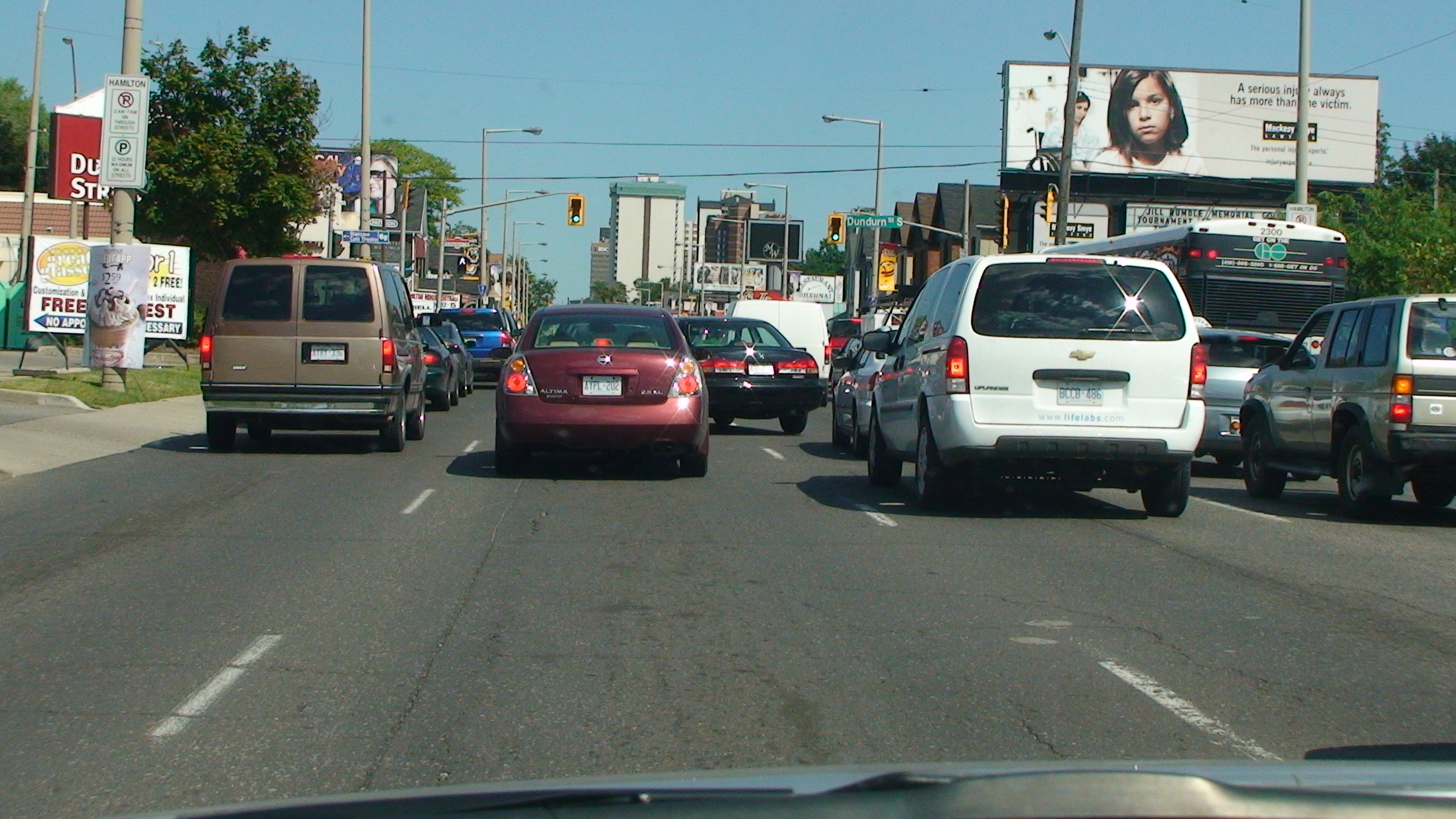Learning to drive in the “ready position”
 Are you the type of person who likes to prepare for things early? Do you pack for vacation well ahead of time? Do you make your lunch the night before so it will be ready for you in the morning? I tend to do most of those things as well to save time. I try to take that same mentality with me while I’m driving. I’m not just talking about taking the shortest route to save time. I’m also talking about doing things in the vehicle while driving that reduces my response time in case of trouble.
Are you the type of person who likes to prepare for things early? Do you pack for vacation well ahead of time? Do you make your lunch the night before so it will be ready for you in the morning? I tend to do most of those things as well to save time. I try to take that same mentality with me while I’m driving. I’m not just talking about taking the shortest route to save time. I’m also talking about doing things in the vehicle while driving that reduces my response time in case of trouble.
Anticipating what drivers, pedestrians or cyclists may do is a big part of responding early. I’ve said for many years that if everyone did what they were supposed to do, there would be no crashes. As true as that statement is, it’s not going to happen any time soon. With that in mind, I expect drivers, pedestrians and cyclists to come out toward my path. Anticipating this will happen allows for a quicker response time. You’re not surprised it may happen so you become mentally ready for it.
To give you that extra edge to respond early enough to avoid a collision, there are a few things you could do. I often relate this to athletes when I’m teaching this to drivers. In sports, if a player is approaching the goalie the goalie gets in the “ready position” to make a stop. As a driver, we too have a “ready position”.
In case you feel you may need to honk at someone to stop them from entering your path at the last second, you could slip your thumb over the horn to be ready to push it. The time you’re saving can allow you to communicate quicker as opposed to moving your hand from the steering wheel to the horn after the risk reared its ugly head.
If you feel someone may step out into your path or suddenly pull out directly in front of you, you can place your right foot over the brake pedal. By doing this you’re cutting down your response time in case you have to brake. This is your “ready position”. You may be surprised how quickly you can stop just by having your foot covering the brake pedal.
An added benefit is to change lanes when you see these risks. It gives you more time to respond because you have a better angle from those risks. You don’t need to wait until the last moment to respond to problems you may see. Being in the “ready position” can make those difficult choices easier to do.
If you like this article, please help support the effort for safe roads. Support HERE
